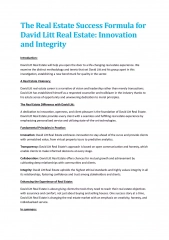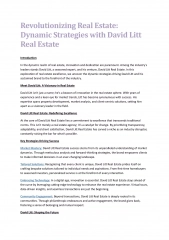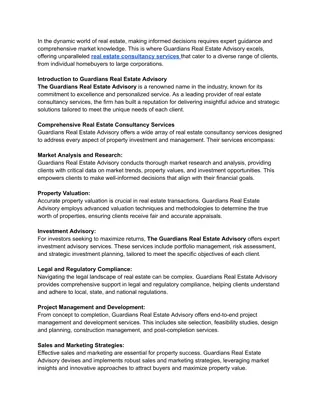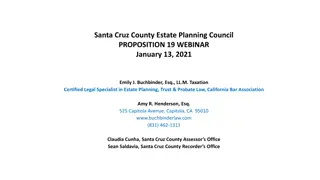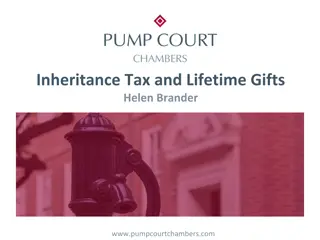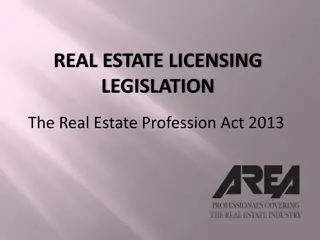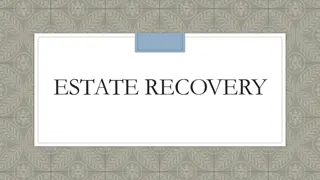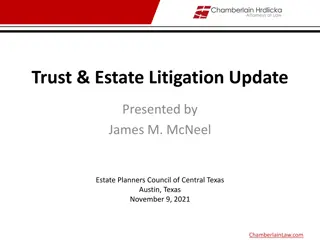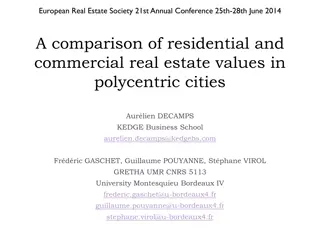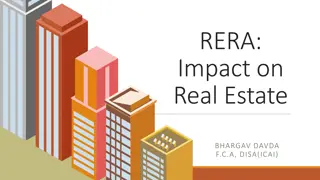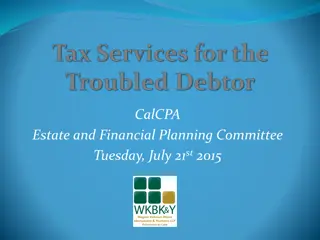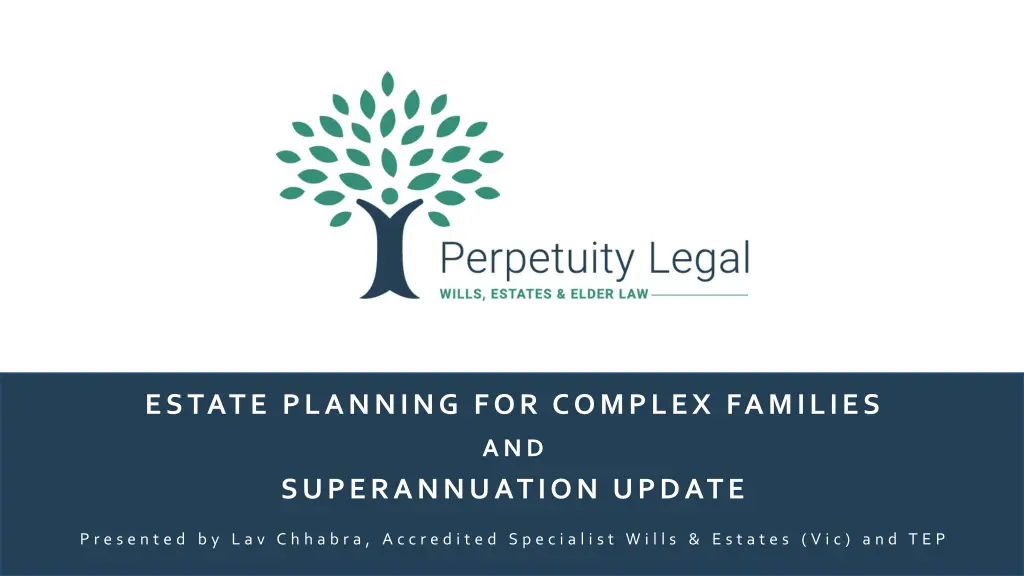
Complex Family Estate Planning Update
Explore the complexities of estate planning for complex families, including identifying estate and non-estate assets, considerations when preparing an estate plan, and recent case updates. Presented by Lav Chhabra, Accredited Specialist in Wills & Estates. Disclaimer: General information only, seek independent legal advice for specific circumstances.
Download Presentation

Please find below an Image/Link to download the presentation.
The content on the website is provided AS IS for your information and personal use only. It may not be sold, licensed, or shared on other websites without obtaining consent from the author. If you encounter any issues during the download, it is possible that the publisher has removed the file from their server.
You are allowed to download the files provided on this website for personal or commercial use, subject to the condition that they are used lawfully. All files are the property of their respective owners.
The content on the website is provided AS IS for your information and personal use only. It may not be sold, licensed, or shared on other websites without obtaining consent from the author.
E N D
Presentation Transcript
ESTATE PLANNING FOR COMPLEX FAMILIES AND SUPERANNUATION UPDATE P r e s e n t e d b y L a v C h h a b r a , A c c r e d i t e d S p e c i a l i s t W i l l s & E s t a t e s ( V i c ) a n d T E P
AGENDA What is a complex family Identifying estate & non-estate assets Matters to consider when preparing an estate plan Examples of different types of testamentary trusts Addressing risk of family provision claim Estate planning for complex family situations Payment of superannuation death benefits Power of binding death benefit nominations Recent case updates Superannuation and estate planning Disclaimer: The information contained in this presentation is general information only and is not intended as legal advice. If you or your clients require information other than that of a general nature in relation to the matters which we will discuss in our presentation today, independent legal advice relevant to the particular circumstances must be obtained.
WHAT ARE COMPLEX FAMILIES Complex family circumstances includes the following: Families with vulnerable beneficiaries Blended families Risk of family provision claim (including inadequate provision of eligible persons or exclusion of potential beneficiaries) Complex trusts and business interests
IDENTIFYING ESTATE & NON-ESTATE ASSETS ASSETS OF THE ESTATE ASSETS OF THE ESTATE ASSETS OUTSIDE THE ESTATE ASSETS OUTSIDE THE ESTATE Assets in the individual s own name. e.g., bank account, personal chattels Personal use assets that are actually registered in another entity. eg company assets Real estate in own name or designated share if owned as tenants in common Joint assets (will ultimately become estate assets of the survivor) Units personally owned in a unit trust or hybrid trust Assets held under discretionary trusts Superannuation and life insurance may be paid into the estate in accordance with a binding death benefit nomination (BDBN) or in the absence of a valid BDBN, trustee discretion Superannuation and life insurance does not automatically fall into the estate Why does it matter? Assets outside the estate cannot be disposed of by Will Strategic estate planning can minimise the effect of a family provision claim
MATTERS TO CONSIDER WHEN PREPARING AN ESTATE PLAN Proportions & Mechanisms Equal distribution may work in straightforward cases Blended families often require special consideration Life interests and other testamentary trusts Tax treatment of testamentary discretionary trusts Consequences for winding up entities and trusts or forcing sale of assets by Will Superannuation (more later) Tax implications Only eligible persons in Victoria (e.g., spouses, children) NSW concept of notional estate risk of claim can extend to assets outside of the estate Risk of Claim Vulnerable beneficiaries (e.g., addiction or money management issues) Credit risk Marital breakdown (but note limitations due to wide reaching Family Court powers) Asset Protection
EXAMPLES OF DIFFERENT TYPES OF TESTAMENTARY TRUSTS Distribution of Income and Capital Potentially broad class of beneficiaries Beneficiary controlled Distribution of income. Capital for capital beneficiaries; e.g., life interest Usually at least partly independent control Potentially can include broad class of beneficiaries Testamentary Discretionary Trust Capital Protected Protective Trust Primarily for one beneficiary Can involve distribution of income and capital Independently controlled (eg for vulnerable beneficiaries - mental disorder, drug addiction, spendthrift) Trust for minors Trust for a child until they attain a specified age Distribution of income and capital Independently controlled until the age is attained
FAMILY PROVISION CLAIM In Victoria, beneficiaries must be an eligible person to be able to make a family provision claim Examples include spouse, children, stepchildren and other member of the household depending on the circumstances s 90 of Administration and Probate Act Eligible persons Testators needs to ensure that adequate provision is made for their proper support and maintenance of their spouse what does this mean? Can be challenging in blended families where there are children from previous relationships Need to consider the size and nature of the estate and the circumstances of beneficiaries Blended families Time limits for application 6 months from the date of the grant of representation for family provision claims Application outside of the timeframe can be considered with supporting evidence addressing delay provided the estate is not distributed
PAYMENT OF SUPERANNUATION DEATH BENEFITS On the death of a member, their superannuation death benefits must be cashed out as soon as practicable, with death being a compulsory cashing requirement. This requires the member s death benefits to be cashed in favour of one or more of their dependants or their legal personal representative The definition of dependant is defined differently under superannuation law under the Superannuation Industry (Supervision) Act 1993 (SIS Act) and taxation law under the ITAA97 which means not all beneficiaries can receive the death benefits tax free. Further, some beneficiaries may only receive a lump sum payment while others are permitted to take an income stream SIS dependant Spouse or de facto partner of the deceased Child of the deceased (any age) including some stepchildren Any person with whom the deceased had an interdependency relationship Tax dependant Spouse or de facto partner of the deceased Former spouse or de facto spouse of the deceased Child of the deceased under 18 years old; Any person with whom the deceased had an interdependency relationship Any other person who was a dependant of the deceased just before he or she died
SUMMARY OF DEATH BENEFIT PAYMENT RECIPIENTS W WHO HO SIS DEPENDANT SIS DEPENDANT TAX DEPENDANT TAX DEPENDANT FORM & MANNER FORM & MANNER Spouse / domestic partner YES YES Lump sum or pension (subject to caps) Minor children YES YES Lump sum or pension Adult children financial dependants YES YES Lump sum or pension* (note limitations re pension 18 to 25) Adult children non financial dependants YES NO Lump sum Financial dependants and inter-dependants YES YES Lump sum or pension* Legal personal representative (estate) YES (r 6.22 SISR) Look through Lump sum
PAYMENT OF DEATH BENEFITS: THINGS TO CONSIDER Whether there is a binding direction to the trustee 1.Binding death benefit nominations 2.Reversionary pension nominations 3.Death benefit agreements 1.Who can receive benefits 2.What documentation needs to be in place 3.How the benefits are paid Terms of the trust deed 1.Fiduciary obligations 2.Terms of the trust deed Trustee obligations
POWER OF BINDING DEATH BENEFIT NOMINATIONS Benefits of having a binding nomination 1.Binding direction to the trustee 2.Some level of protection from family provision claims 3.Greater certainty to members 4.Removes conflict of interest issues Risks associated with Binding Death Benefit Nominations 1.Ensuring compliance with the deed 2.Lapsing vs non-lapsing nomination 3.Ensuring the signing and witnessing requirements are met 4.Capacity of the member 5.Notice of binding nomination where necessary 6.Power of attorney signing Binding Death Benefit Nominations
HILL V ZUDA PTY LTD [2022] HCA 21 Deceased died in 2016, and was survived by his de facto partner and his only child In 2011, more than three years prior to his death, the deceased signed a document stated to be a BDBN in favour of his partner Following his death, the deceased s daughter brought an action claiming the nomination had ceased to have effect under regulation 6.17A of SISR, given more than three years had elapsed since it was signed Court held: Regulation 6.17A of the SISR does not apply to SMSFs SMSF can choose to have a BDBN form which does not comply with the requirements of regulation 6.17A of the SISR Key takeaways: Need to check the terms of the SMSF deed
RE NARUMON PTY LTD [2018] QSC 185 The SMSF member (Mr Giles), became incapacitated and his attorneys under an Enduring Power of Attorney (his wife Mrs Giles and his sister Mrs Keenan), purported to first extend a prior lapsed BDBN which had Mrs Giles, Mr Giles son and Mrs Keenan as beneficiaries and then to execute a new BDBN which had just Mrs Giles and Mr Giles son as beneficiaries. EPOA document did not authorise the attorneys to enter into a conflict transaction Court considered whether attorneys could validly execute both a BDBN confirmation/extension as well as execute a new BDBN on behalf of a member. Court held the extension of the prior BDBN was valid because: Fund s governing rules allowed the prior BDBN to be confirmed and provided that this power can be exercised by the attorney While the EPOA document did not expressly deal with superannuation matters, the meaning of financial matters in the relevant legislation was wide enough to cover superannuation While a conflict transaction entered into by an attorney can invalidate a transaction, in this case, the confirmation of the prior BDBN was not held to be a conflict transaction, however, the court viewed the making of a new BDBN differently Key takeaway: Whether an attorney will have the power to renew the BDBN on behalf of the principal will depend on the SMSF governing rules, the EPOA itself and the relevant powers of attorney legislation. Need to also check whether attorney exercising such power breaches any fiduciary obligations
WOOSTER V MORRIS [2013] VSC 594 Mr Morris (the deceased) had two adult daughters from a previous marriage (the plaintiffs) and a second wife, Mrs Morris Deceased and Mrs Morris were the members and trustees of the SMSF Deceased made a BDBN in favour of his two daughters After his death: Probate of the deceased s Will was granted to his two daughters (the plaintiffs) Mrs Morris appointed herself as the sole director and shareholder of a new corporate trustee for the SMSF and then decided the BDBN (in favour of the two daughters) was not binding and to pay the deceased s death benefits to herself Plaintiffs issued proceedings seeking declarations that the BDBN was binding Special referee found in favour of the plaintiffs, confirming the BDBN was binding and the plaintiffs were entitled to be paid the death benefit plus interest Key takeaways: Legal personal representative does not automatically become a trustee Binding death benefit nominations are important Importance of ensuring control of SMSF passes to the appropriate individual
PERPETUITY LEGAL lav@perpetuitylegal.com.au WILLS AND ESTATE PLANNING Wills, deeds for succession of control of family trusts, BDBN etc Enduring Power of Attorney and Appointment of Medical Treatment Decision Makers PROBATE AND ESTATE ADMINISTRATION Grant of probate and letters of administration Advice and assistance regarding administration of estates www.perpetuitylegal.com.au Level 11, 456 Lonsdale Street Melbourne 3000 (03) 9070 9883 We offer personalised service and tailored solutions that represent value for clients and pride ourselves in building strong client relationships WILL DISPUTES Family provision claims Contesting a Will Breach of executor duties Deeds of family arrangements ELDER LAW VCAT guardianship and administration matters Breaches of attorney s duties Recovery of misappropriated funds

